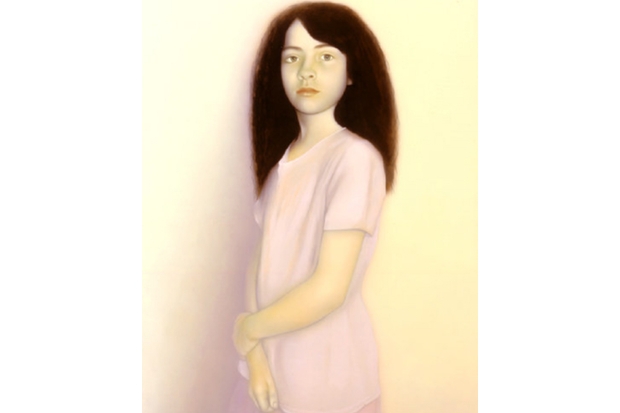So, it isn’t only the hammer-wielding nutters of Isis who destroy ‘immoral art’. So do we, in supposedly civilised Britain. A judge’s order that the artworks of convicted child abuser Graham Ovenden be destroyed, on the basis that they do not reach our ‘standards of propriety’, is an act of medievalism to match any of the statue-smashing antics of the Islamic State in recent months.
At Hammersmith Magistrates Court, District Judge Elizabeth Roscoe advertised her philistinism for all to see. She said she was not concerned with the ‘historical importance or value’ of Ovenden’s works. ‘I am no judge of art or artistic merit, nor am I qualified to assess the historical age or value of some of the images,’ she said, unwittingly exposing the incredible folly, the borderline tyranny, of allowing one, subjective judge to decide the fate of decades-old works of art. She said she was judging the art merely on the basis of the ‘recognised standards of propriety which exist today’. And on this basis, Ovenden’s works, which include images of naked or half-naked children, are ‘indecent’ and must be destroyed, she said, like a 21st century Torquemada demanding the burning of corrupting images.
There is so much wrong with this case that it’s hard to know where to start. Firstly, imagine if all old art was judged by ‘today’s standards of propriety’. Would anything survive? Those ancient statues with pre-pubescent penises? Smash them. Nabokov’s Lolita? Burn it. What arrogant presentism to judge works created decades ago – in the case of Ovenden’s own paintings, or 150 years ago, in the case of his collection of photos by the French writer Pierre Louys, which the judge also said should be scrubbed from history – by what we now think is right and proper. Inconvenient images or words are to be thrown into the furnaces, so that no one may ever glance upon them again.
Then there’s the criteria upon which Ovenden’s work was judged: not according to its artistic merit but on whether it contains the right moral message, in this case about children. In 2015 we have a judge effectively saying ‘I don’t care if it’s art, destroy it’. But what about those who do care that it’s art? Who do care that, regardless of his foul personal behaviour in the seventies and eighties, Ovenden remains a painter of significant standing? Who do care about keeping in existence photos taken by Louys, who was made an Officer of the Legion d’honneur for his services to French literature and is thus a significant historical figure? We don’t count, apparently, not in the face of one person’s subjective, non-artistic, wilfully philistine decision that all those works are wicked and must therefore be pulped, erased, removed from reality and history.
And finally there’s the return of the idea of evil. What is really being said here is that Ovenden’s work has a feeling of menace to it. Even works of his that once were considered great enough to form part of the Tate’s public collection are being rethought: the Tate removed 34 of his works from public view when he was convicted of child abuse in 2013. Why? What changed? Not the artworks, but the character of the artist. We seem incapable of distinguishing artist from artwork. He is wicked, and thus his art must be wicked, too. It must be polluted, and therefore it might also pollute the rest of us. Remove it, hide it, destroy it. Such a mad war on inanimate objects, on mere imagery, ill befits the 21st century. From the Vatican’s Index of Evil Books to Ireland’s Commission on Evil Literature, it was traditionally intolerant regimes that destroyed allegedly wicked words or art – now, in 2015, Britain has just done it.
This is the latest, ugliest episode in the paedophile panic. Not content with destroying the careers and lives of ageing light entertainers, not content with spreading utterly unfounded gossip about dead politicians, not content with educating a whole new generation of kids to fear adults, now we destroy artworks made by convicted child abusers. How long before mobs break into art galleries and burn offensive, child-depicting art? It’s got to a point where such behaviour would not be surprising, such is the feverish, witch-hunting atmosphere wrought by our demented hunt for child-abusing monsters. But right now, can we please turn this judge’s unilateral, philistine decision to destroy allegedly evil works of art into the epic public scandal it deserves to be.







Comments